Utilisation de la spectrométrie de masse VITEK MS PRIME pour l'identification en routine des agents responsables de la sporotrichose à partir de cultures de biopsie cutanée
Speaker

Tahinamandranto Rasamoelina
Madagascar
Depuis 2019, Tahinamandranto Rasamoelina est Responsable Scientifique du Centre d’Infectiologie Charles Mérieux de la Faculté de Médecine de l’Université d’Antananarivo, Madagascar. Il est diplômé de Doctorat en Biotechnologie, Instrumentation, Signal et Imagerie pour la Biologie, la Médecine et l’Environnement préparé au sein de la communauté Université Grenoble Alpes. Il a depuis 10 ans travaillé sur les mycoses profondes (Chromoblastomycose, Sporotrichose et mycétome) avec les dermatologues du CHU de Befelatanana et l’équipe mycologue et parasitologue du laboratoire TIMC de l’Université Grenoble Alpes. Depuis 2020, il est la personne focale sur le diagnostic de la lèpre et la détection des résistances aux antilépreux. Il est parmi les co investigateurs principaux sur sites aux études collaboratives sur la bilharziose à Madagascar réalisées avec les partenaires nationaux et internationaux
Source event
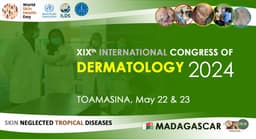
WSHD Madagascar | XIXth International Congress of Dermatology
For its XIXth Congress, and IIIrd WSHD, the SOMADER choose his topic of Neglected Tropical Diseases (NTDs) which are groups of parasitic and bacterial infections affecting over a billion people worldwide, mainly in low-income areas. These diseases often cause chronic and debilitating health conditions, which severely affect the quality of life of those affected, leading to social exclusion and poverty.
Of the approximately 20 NTDs established by the World Health Organization (WHO), twothirds of them have skin manifestations. The Skin NTDs can cause severe morbidity, disability, and disfigurement if left untreated. These conditions include Buruli ulcer, Cutaneous leishmaniasis, Post kala-azar dermal leishmaniasis, Leprosy, Lymphatic filariasis, Mycetoma, Onchocerciasis, Scabies and other parasitic infections of the skin, Yaws, Chromoblastomycosis, and Sporotrichosis. we are working to include chronic inflammatory diseases such as atopic dermatitis (AD) in the category of cutaneous NTDs, where the incidence is rising dramatically in sub-Saharan Africa.
To address the neglected burden of skin NTDs, the SOMADER organize this Congress in Toamasina on May 22 and 23, 2024 with the participation of speakers from several countries, in collaboration with Global Dermatology, WHO, ISAD and ILDS. The event will
showcase over 40 presentations in English and French, with subtitles available in several languages, including French, Spanish and English. On May 24-25, a field visit to primary health care centers is planned around Tamatave, an area hyperendemic in chroblastomycosis and sporotrichosis. Teams from Grenoble’s mycology-parasitology laboratory have already confirmed their participation. You can visite our WSHD last event’s on global dermatology website.
This event is an excellent initiative that can help raise awareness of skin NTDs and the importance of early diagnosis and treatment. By bringing together experts from various countries, the event can provide a platform for sharing experiences, best practices, and innovative approaches to combat these diseases. It is a step towards strengthening global partnerships and collaborations to eliminate skin NTDs and improve the health and wellbeing of millions of people worldwide.
The burden of skin NTDs is significant, and concerted efforts are needed to address this public health challenge. We also give our guests the opportunity to visit the city of Toamasina, the economic heart of Madagascar.
Description
Introduction : La sporotrichose est une infection fongique due à un champignon dimorphique Sporothrix schenckii. L’une des caractéristiques de la maladie est la propagation des lésions surélevées et ulcérées tout au long des vaisseaux lymphatiques. Le diagnostic biologique de la maladie repose sur les examens mycologiques à partir des biopsies afin de permettre l’orientation de la détection mais pour confirmer l’espèce, il est indispensable de faire recours aux techniques moléculaires dont PCR, séquençage et la spectroscopie de masse MALDI-TOF MS. Cette dernière technique est une méthode rapide, facile, rentable et fiable dans l’identification d’un large éventail de micro-organisme. Dans cette étude, les appareils de spectrophotométrie utilisés étaient MALDI Biotyper® et VITEK® MS PRIME Objectif : Comparer les résultats obtenus entre MALDI Biotyper® et VITEK® MS PRIME Matériels et méthodes : Dans cette étude, 13 isolats de colonies de culture de Sporothrix schenckii tous positif à la PCR spécifique ont été testés pour les systèmes MALDI Biotyper® et VITEK® MS PRIME. Cinq isolats supplémentaires ont été testés uniquement sur le système VITEK® MS prime. Parmi ces isolats, 11 échantillons de la région ITS ont été séquencés. Toutes les colonies ont été cultivées sur milieu Sabouraud Chloramphénicol solide puis incubées à 30°C pendant 2-7 jours. Ensuite, suite aux dépôts des souches sur les spots de la cible de chaque appareil, l’acide formique a été ajouté avant la matrice. Le lancement des analyses s’ensuit la manipulation et les résultats ont été lus suivant des scores et des codes couleurs d’identifications. Une comparaison des résultats obtenu entre les techniques a été effectuée. Résultats : Une similarité de 100% (13/13) a été noté entre les résultats PCR et MALDI Biotyper® tandis qu’une similarité 89% (16/18) entre PCR et VITEK® MS PRIME. Seuls les résultats de deux échantillons diffèrent entre MALDI Biotyper® et VITEK® MS PRIME donnant un taux de similarité 85% (11/13). Les deux systèmes ont obtenu un accord de 100% au niveau du genre. L’identification au niveau de l’espèce par MALDI Biotyper® et VITEK® MS PRIME était 92,3 % (12/13) et 100% (18/18) respectivement. Parmi ce dernier, 16,6% (3/18) était à faible discrimination. Conclusion : Les deux systèmes ont exposé d’excellents taux d’identification de l’agent Sporothrix schenckii. Ils sont performant pour l’identification de l’espèce. Cependant, une mise au point supplémentaire sur la manipulation et une augmentation des nombres d’échantillon à traiter serait envisageable pour améliorer la qualité de l’identification sur l’appareil VITEK® MS PRIME. Mots clés : Sporotrichose, Sporothrix schenckii, spectrométrie de masse
Similar videos
Source event Program
INTRODUCTION

Introduction to ILDS

Artificial intelligence in support of a WHO educational tool for primary health care workers dealing with skin neglected tropical diseases and common skin conditions
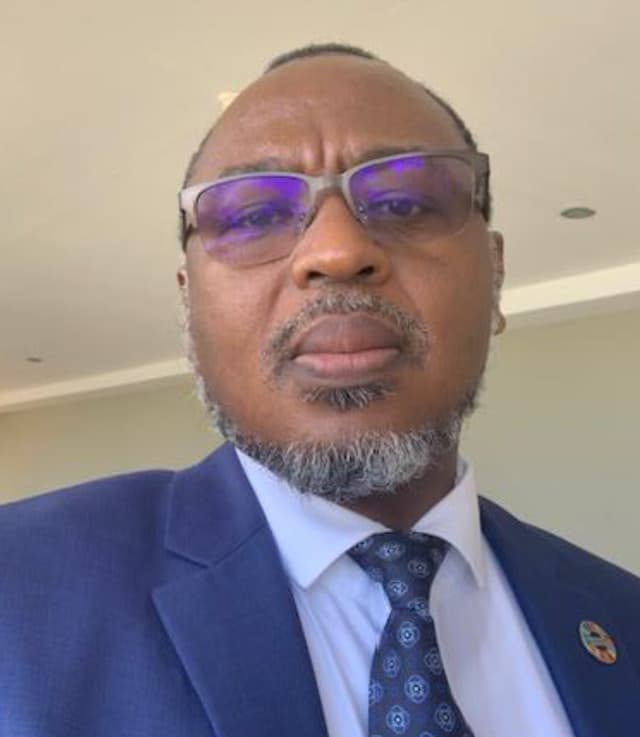
Effectiveness and financial savings of integrating mass drug administration for Lymphatic Filariasis (LF) into an existing Polio campaign in Madagascar

NTDs in Neglected people
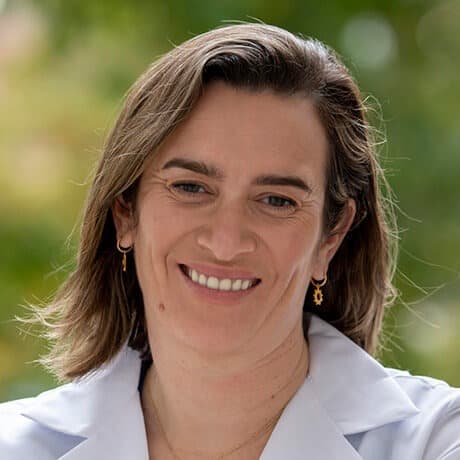
Bridging gaps in Dermatology training in Africa and GLODERM

The Role of Phototherapy in 2024 and Beyond

Skin NTDs in Madagascar, where we are?

DISCUSSIONS
CHROMOBLASTOMYCOSIS, SPOROTRICHOSIS AND MYCETOMA
Prof. Dallas S, Prof. QUeiroz-Telles F, Prof. Santos DW, Prof. Cornet M, Prof. Ramarozatovo LS, Prof. Mokni M

Addressing Fungal neglected tropical diseases through global partnerships
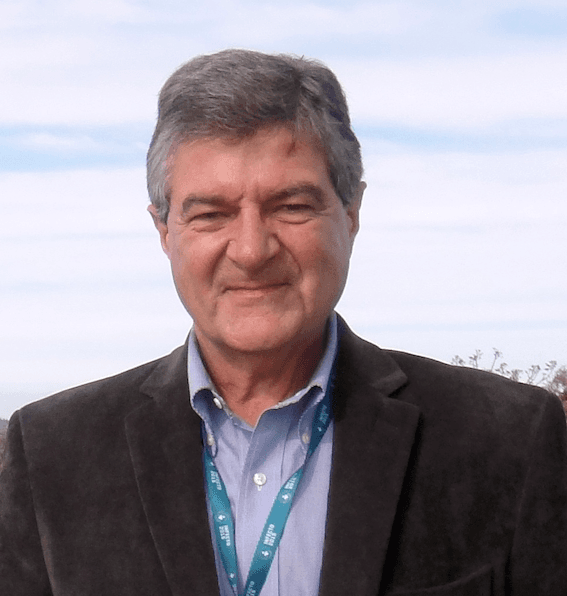
Sporotrichosis in Brazil
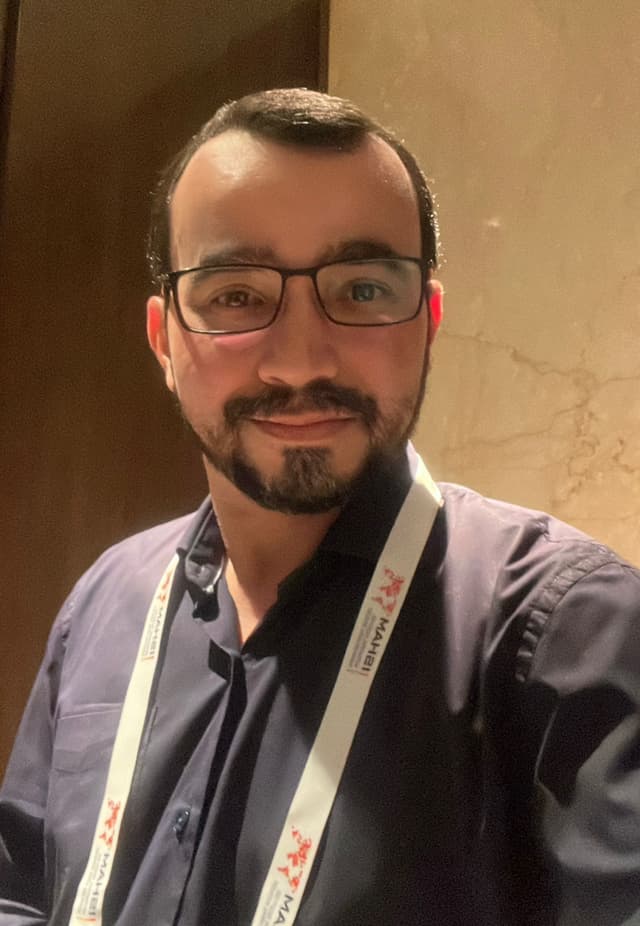
Fungal neglected tropical diseases (NTDs)
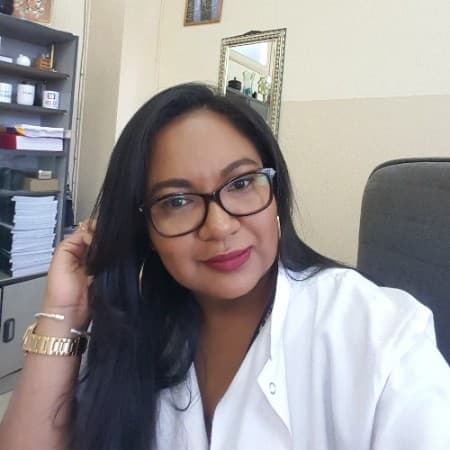
Difficultés de prise en charge de cas difficiles de chromomycose à Madagascar
RAMAROZATOVO Lala Soavina MD
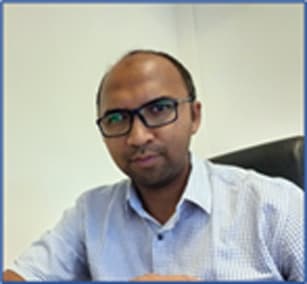
Utilisation de la spectrométrie de masse VITEK MS PRIME pour l'identification en routine des agents responsables de la sporotrichose à partir de cultures de biopsie cutanée

Mycetoma in North Africa

DISCUSSIONS - Session 2
RAMAROZATOVO Lala Soavina MD
ATOPIC DERMATITIS

GADA: Mapping the global burden of AD

Atopic Dermatititis: A Global Health Perspective
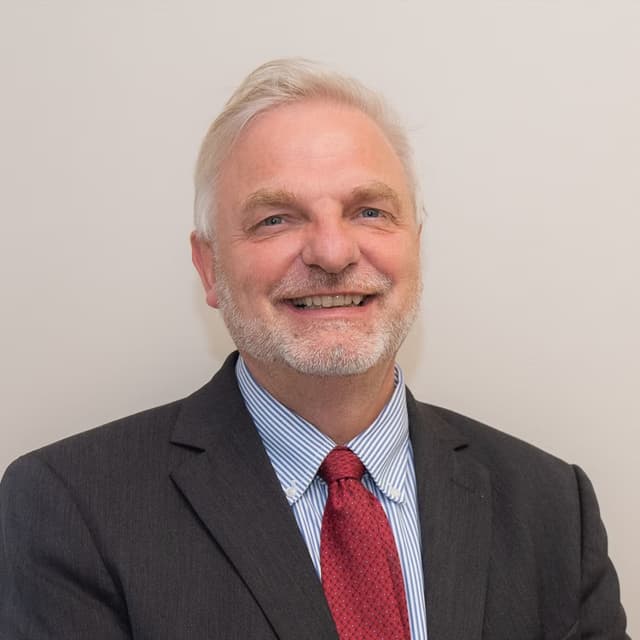
Pathophysiology + Management of Pruritus in Atopic Dermatitis

Dermatite Atopique au Cameroun : Etats des lieux et perspectives

Sensitization patterns to inhalative allergens in AD patients: Madagascar and beyond
Danielle Fehr MD, PhD

Challenge sur la recherche sur la dermatite atopique à Madagascar.
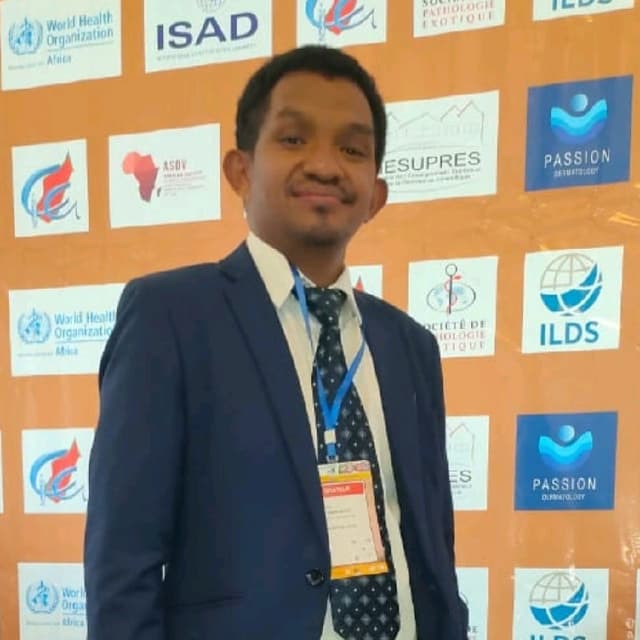
Dermatite atopique vu au service de Dermatologie du CHU Mahavoky Atsimo, Mahajanga
Naina Harinjara Razanakoto MD

DISCUSSIONS - Session 3
Might interest you
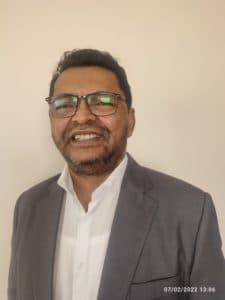
Cutaneous Medicine: Multidisciplinary Approaches in Dermatology
Chair: Prof. Fahafahantsoa Rapelanoro Rabenja,
This course explores the intersection of dermatology with other medical specialties, emphasizing a collaborative approach to diagnosing and managing complex skin disorders. It covers a wide range of topics, including dermatopathology, rheumatology, oncology, and infectious diseases, highlighting how systemic conditions manifest cutaneously. With contributions from experts in various fields, the text provides comprehensive insights into multidisciplinary care, advanced diagnostic techniques, and innovative treatments. Ideal for dermatologists, internists, and specialists, it bridges gaps between disciplines to improve patient outcomes in cutaneous medicine.

Pigmentation
Chair: Dr Seemal Desai, MD, FAAD
Hyperpigmentation is excess skin color from melanin. Understand melanin synthesis mechanisms and main causes.
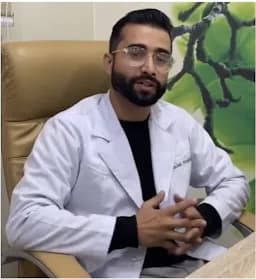
Neglected Tropical Skin Diseases
Chair: Dr. Prajwal Pudasaini, MD
Neglected tropical skin diseases affect poor populations in tropical areas. They include leprosy, mycetoma, and cutaneous leishmaniasis, causing disability and stigma. They receive little attention and resources, leading to poor diagnosis and treatment. Increased awareness and improved healthcare access are needed to help affected communities.
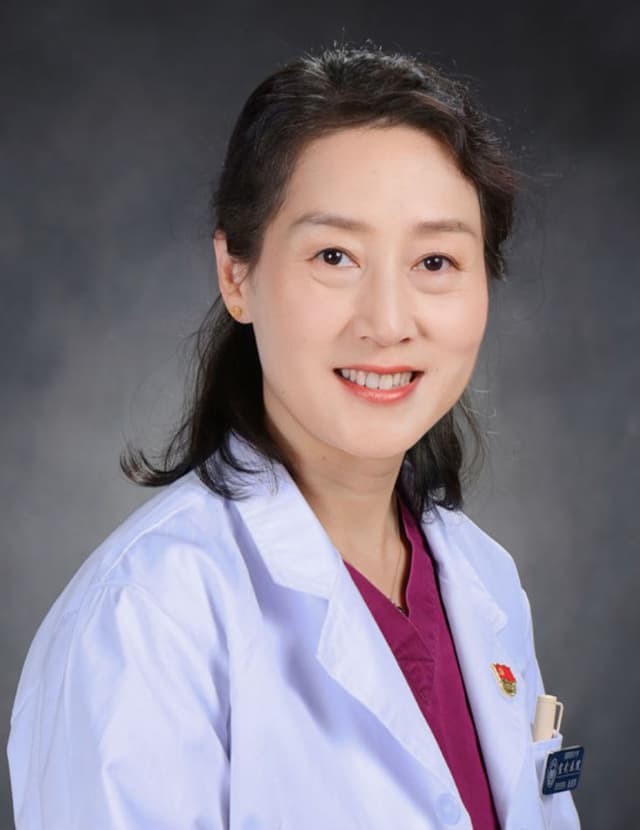
Acne Treatment in China
Chair: Prof. Haiping Zhang, PhD
Acne treatment in China combines traditional methods with modern practices.
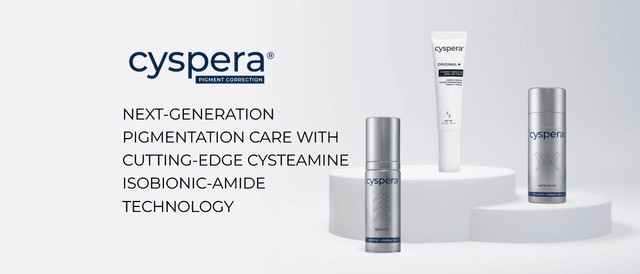
Cyspera Medical Education
Chair: Global Dermatology,
Cyspera® is a topical pigment-correcting treatment formulated with cysteamine, a naturally occurring compound that reduces the appearance of persistent hyperpigmentation, including melasma, post-inflammatory hyperpigmentation, and lentigines. It is known for being non-hydroquinone, suitable for long-term use, and effective on all skin types.

Topographic Dermoscopy
Chair: Prof. Awatef Kelati, MD
Topographic dermoscopy refers to the region-specific application of dermoscopic examination, emphasizing the unique morphological patterns found across different anatomical sites. On facial skin, the dermoscopic assessment requires recognizing patterns influenced by the high density of pilosebaceous units and sun-induced changes, often presenting pseudonetworks and annular-granular structures. The ear, with its thin skin and sebaceous gland concentration, reveals specific vascular and follicular clues important in distinguishing benign from malignant lesions.
On the chest and back, where the skin is thicker and sun exposure varies, dermoscopy must account for irregular pigment distribution and architectural disorder, especially in large nevi or early melanomas. Limb lesions may show distinctive features due to mechanical friction, hair density, and vascular variations, demanding precise interpretation to identify atypical nevi or skin cancers.
Palmar and plantar dermoscopy highlights the parallel ridge pattern critical for melanoma diagnosis, contrasting with benign acral patterns like the parallel furrow or lattice-like structures. Scalp and hair disorders benefit from trichoscopy, where dermoscopic evaluation reveals specific signs such as yellow dots, broken hairs, or black dots, aiding in the diagnosis of alopecia areata, androgenetic alopecia, or tinea capitis.
In nail disorders, onychoscopy enables visualization of melanonychia, hemorrhages, and nail matrix changes, crucial for distinguishing subungual melanoma from benign causes like trauma or fungal infection. Mucosal dermoscopy, though technically challenging, provides diagnostic clues in pigmented lesions of the lips, genitalia, or oral mucosa, requiring adaptation to moist, non-keratinized surfaces.
Finally, ultraviolet dermoscopy reveals a unique application: scabies mites fluorescing bright green under UV light, enhancing detection when traditional visualization fails. Topographic dermoscopy thus demands both anatomical knowledge and technical adaptation to maximize diagnostic accuracy across diverse body sites.

ACNE
Chair: Dr. Jerry Tan, MD
The ACNE | Education Series, led by Dr. Jerry Tan, is a comprehensive global medical education initiative designed to enhance the understanding and skills of dermatologists and healthcare practitioners regarding acne. Participants will gain insights from leading international experts on the latest advancements in acne research, innovative treatment options, and patient-centered care approaches. The event features interactive discussions, live Q&A sessions, and evidence-based strategies, all at no cost. The esteemed faculty includes specialists from the USA, Italy, France, the UK, Singapore, Greece, Australia, Canada, and Germany. This is a valuable opportunity to improve clinical competencies and stay updated on current acne management practices.
Attendees will acquire up-to-date knowledge on acne pathophysiology, new therapeutic options, and patient-oriented management strategies to optimize clinical outcomes in acne treatment. The session will also provide practical insights through expert-led discussions and evidence-based approaches.
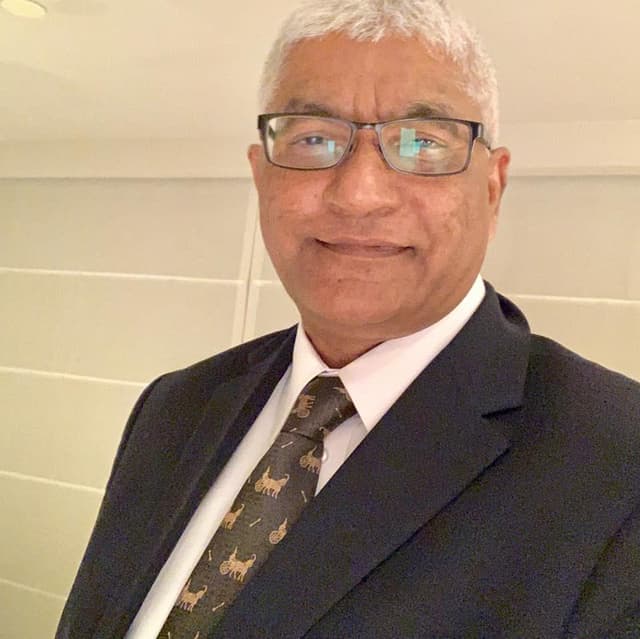
Psychodermatology
Chair: Prof Mohammad Jafferany, MD
This specialized course explores the vital intersection between dermatology and mental health, equipping clinicians with the knowledge and tools to manage psychodermatological conditions effectively. Through a blend of theoretical knowledge and practical application, participants will learn to diagnose and treat dermatological delusional disorders, identify psychiatric comorbidities in skin disease patients, and implement mental health strategies for chronic dermatoses. The curriculum also examines psychological factors in cosmetic dermatology and provides cutting-edge screening techniques for body dysmorphic disorder, including modern digital manifestations like Zoom dysmorphia. Adopting a patient-centered approach, the course emphasizes multidisciplinary management of conditions where psychological and dermatological factors interact. Participants will gain expertise in recognizing psychiatric components of skin diseases, addressing the emotional
burden of chronic conditions, and applying ethical principles in cosmetic practice. The training combines expert instruction with case-based learning to bridge theory and clinical practice. Designed for dermatologists, psychiatrists, psychologists, and primary care providers, this program enhances clinicians' ability to deliver holistic care that addresses both the visible and invisible aspects of skin disorders. Upon completion, practitioners will be better prepared to manage complex psychodermatological cases while improving patient outcomes through integrated mind-skin healthcare.

Tropical Dermatology and Neglected Tropical Dermatoses
Chair: Prof. Fahafahantsoa Rapelanoro Rabenja,
Dermatological diseases, particularly neglected tropical diseases (NTDs) with skin manifestations like deep mycosis (chromoblastomycosis, sporotrichosis, mycetoma), scabies, leprosy, lymphatic filariasis, and cutaneous leishmaniasis, pose major challenges for healthcare systems in resource-limited regions of Africa, Asia, and Latin America. These conditions severely affect vulnerable populations, suffering from frequent underdiagnosis and inadequate treatment that exacerbates suffering. Diseases such as atopic dermatitis are also under consideration for inclusion as skin NTDs through collaborative efforts involving ISAD, ASDV, and WHO. Furthermore, albinism, highly prevalent in sub-Saharan Africa, presents significant social challenges including stigmatization and occult beliefs. Despite these complex difficulties, the field is undergoing a historic transformation driven by science and technology, particularly artificial intelligence (AI), which offers tangible tools for improving diagnosis, treatment, and prevention. The participation of global experts facilitates vital knowledge exchange, exploration of innovative solutions, and helps address critical shortages of human and material resources in remote areas.
Learning Objective:
Understand the complex challenges posed by dermatological diseases, especially skin NTDs and conditions like albinism, in resource-limited settings, and recognize the critical role of global collaboration, technological innovation (particularly AI), and expert knowledge exchange in developing solutions to improve diagnosis, treatment, prevention, and resource allocation.

Dermoscopy
Chair: Prof Awatef Kelati, MD
This comprehensive dermoscopy course provides dermatologists and healthcare professionals with essential skills in skin lesion evaluation, covering fundamental principles through advanced diagnostic applications across five key areas: global dermoscopy practices, pigmented lesion analysis (including differentiation of benign and malignant patterns), specialized techniques for skin of color, skin cancer detection (melanoma and non-melanoma), and general dermatological conditions (inflammatory, infectious, and hair/nail disorders). Participants will develop proficiency in recognizing diagnostic patterns, adapting techniques for diverse skin types, and applying dermoscopic algorithms, ultimately enhancing their clinical accuracy through a combination of theoretical knowledge and practical case-based learning. The course emphasizes real-world application, addressing both common and challenging scenarios in dermatological practice.
